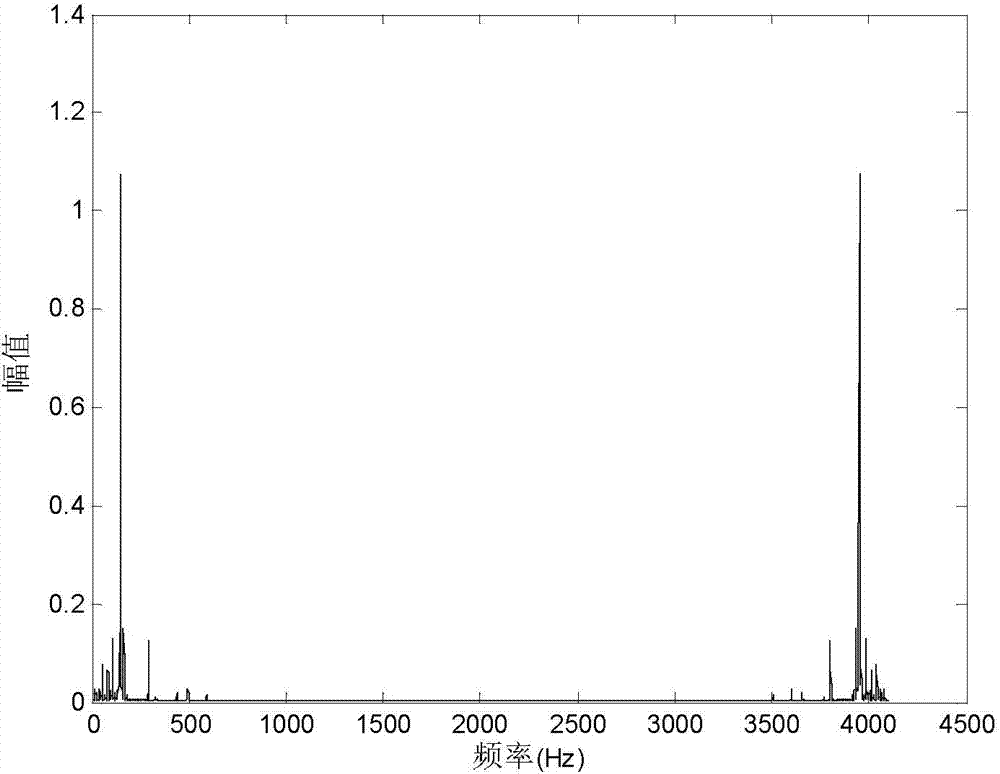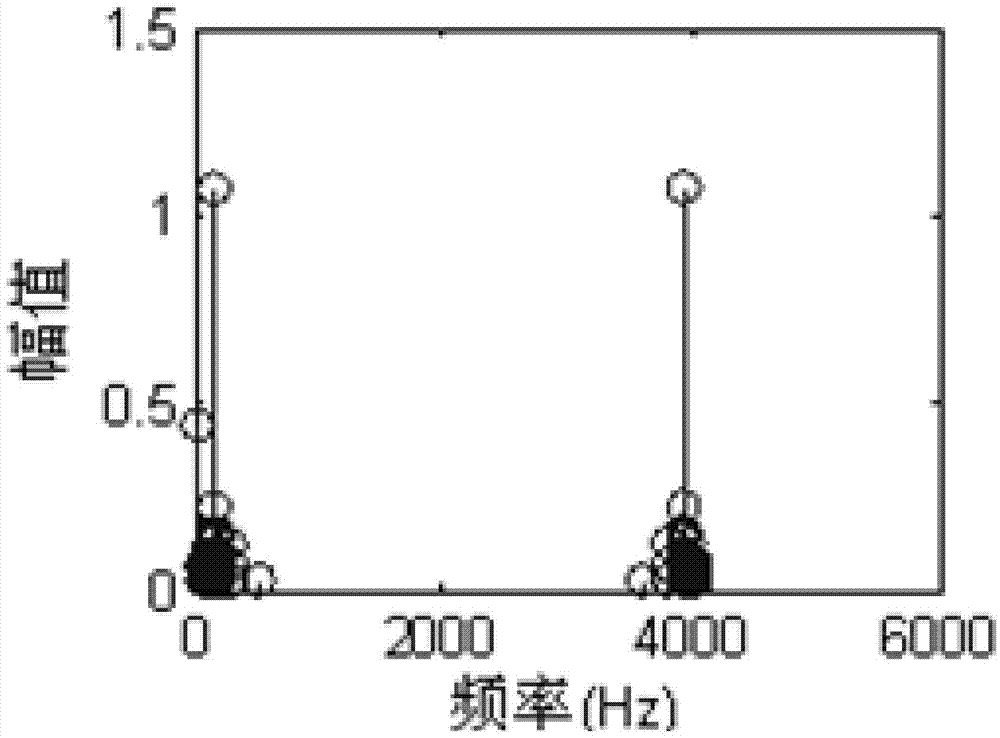Self-adaptive sampling recovery method based on FRI
A technology of adaptive sampling and recovery method, which is applied in the field of information and communication, and can solve the problem of low sampling rate
- Summary
- Abstract
- Description
- Claims
- Application Information
AI Technical Summary
Problems solved by technology
Method used
Image
Examples
specific Embodiment approach 1
[0072] The specific embodiment one, based on the FRI adaptive sampling recovery method, it is realized by the following steps:
[0073] Step 1: Determine the accuracy requirements of the signal according to specific application scenarios and channel conditions. Specifically, the recovered accuracy w can be used to describe the degree of accuracy. w=1 means that the Nyquist sampling law is used to recover the signal without distortion; w=0 means that the number of sampling points is 0, and the signal cannot be recovered at all. The free value of w between 0 and 1 can represent different signal recovery precision. As for the selection of w, you can manually input a certain value between 0 and 1 to manually control the accuracy of the signal in real time, or you can choose the most suitable classic value in a specific application scenario determined through trial and error.
[0074] Step 2: Perform FFT transformation (Fast Fourier Transformation) on the original signal, that is...
PUM
 Login to View More
Login to View More Abstract
Description
Claims
Application Information
 Login to View More
Login to View More - R&D
- Intellectual Property
- Life Sciences
- Materials
- Tech Scout
- Unparalleled Data Quality
- Higher Quality Content
- 60% Fewer Hallucinations
Browse by: Latest US Patents, China's latest patents, Technical Efficacy Thesaurus, Application Domain, Technology Topic, Popular Technical Reports.
© 2025 PatSnap. All rights reserved.Legal|Privacy policy|Modern Slavery Act Transparency Statement|Sitemap|About US| Contact US: help@patsnap.com



